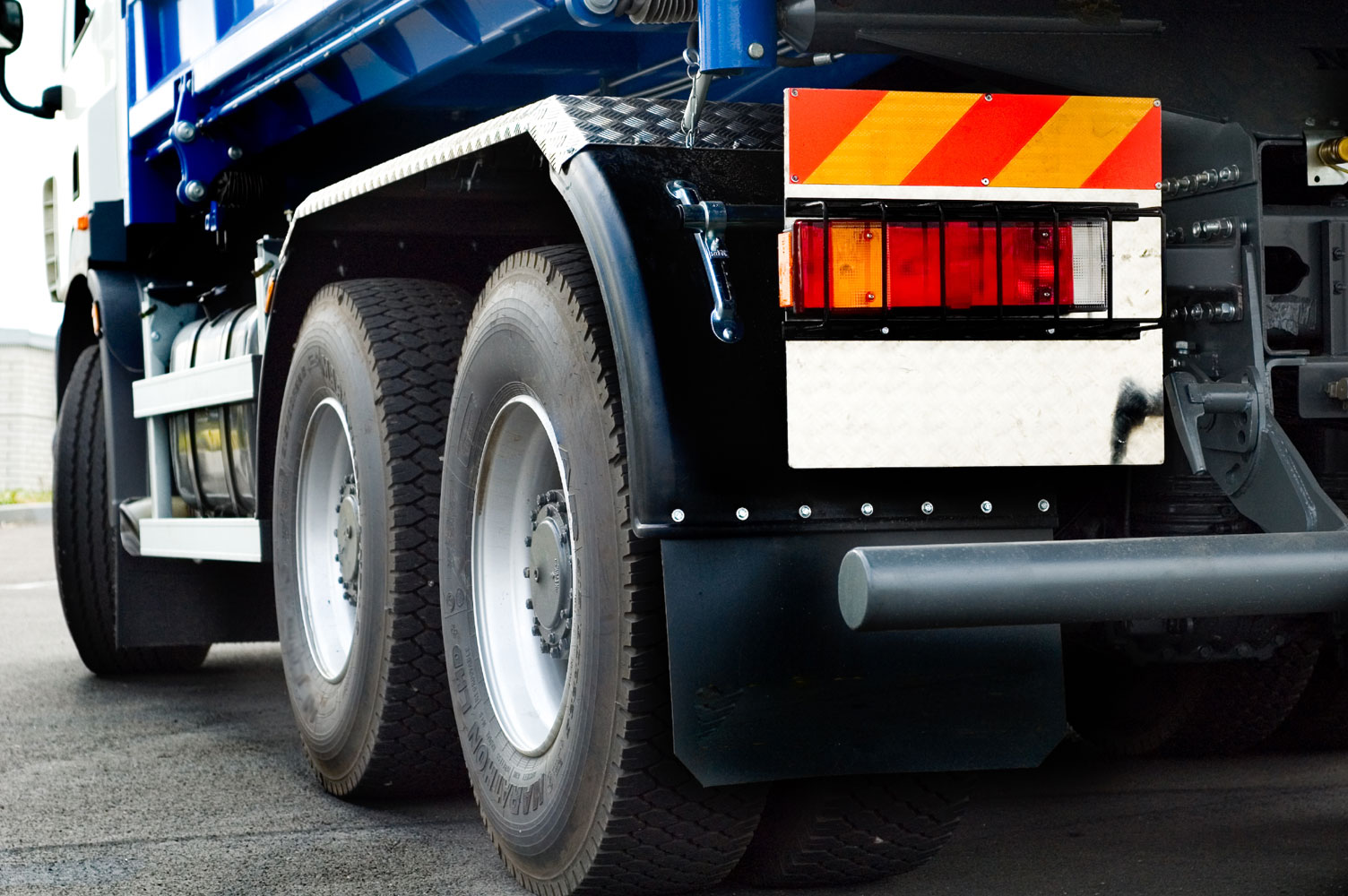The majority of rigid vehicles over 3.5 tonnes gross weight first used since 1 April 1984 and trailers and semi-trailers over 1,020kg-unladen weight manufactured since 1 May 1983 must be fitted with side guards and rear under run bumpers. Some specialised vehicles and trailers are exempt, some examples of these include:
- fire engines
- an agricultural motor vehicle or agricultural trailer/trailed appliance
- a vehicle solely designed for and used solely in connection with street cleansing, collection or disposal of refuse or collection or disposal of the contents of gullies or cesspools
- a chassis without bodywork that is being driven or towed for safety checks or a body to be fitted.
- a vehicle owned by the Secretary of State for Defence and used for naval, military or air force purposes
- a motor vehicle incapable of exceeding 15 mph
- a motor car or heavy motor car constructed or adapted to form part of an articulated vehicle
- a trailer with a load platform which is not more than 750 mm from the ground
- a vehicle designed and constructed, and not merely adapted, to carry other vehicles loaded onto it from the front or rear
- a trailer designed and constructed, and not merely adapted, to carry round timber, beams or girders of exceptional length
- a vehicle specially designed, and not merely adapted, for the carriage and mixing of liquid concrete
Side guards and bumpers must meet specifications on height, maximum distance from wheels and the minimum force they must withstand. They must be maintained free from any obvious defect, which would be likely to adversely affect their effectiveness.
New goods vehicles exceeding 3.5 tonnes gross weight must be fitted with an approved form of front under run protection (i.e. bumper) system (commonly referred to as FUPS) which must extend to the full width of the vehicle. It must be fitted no higher than 400mm from the ground when the vehicle is unladen.
